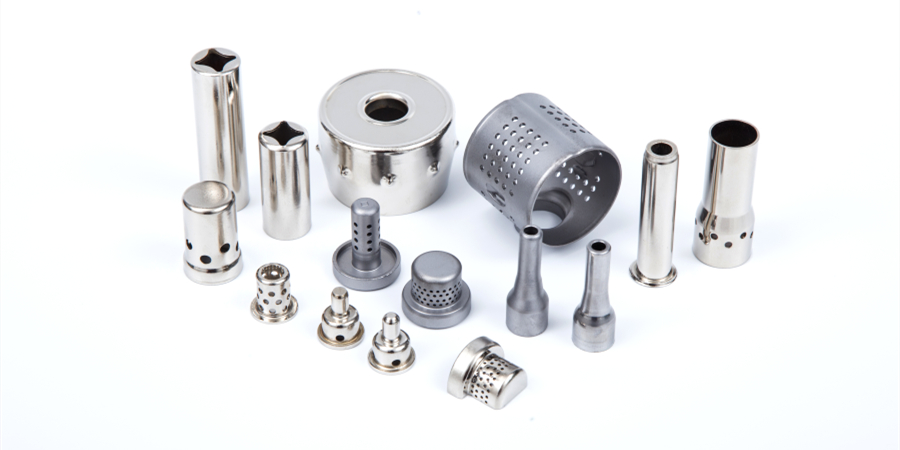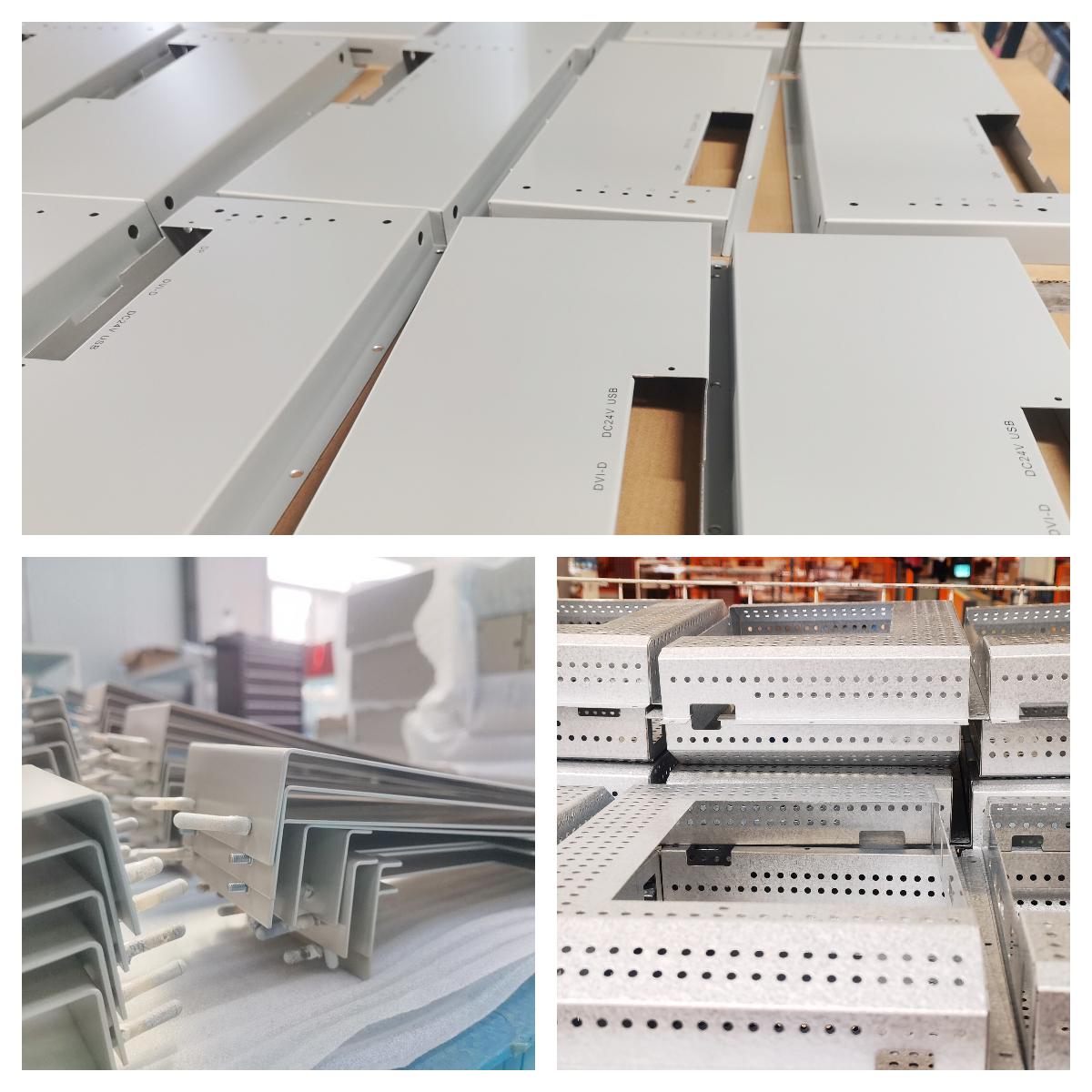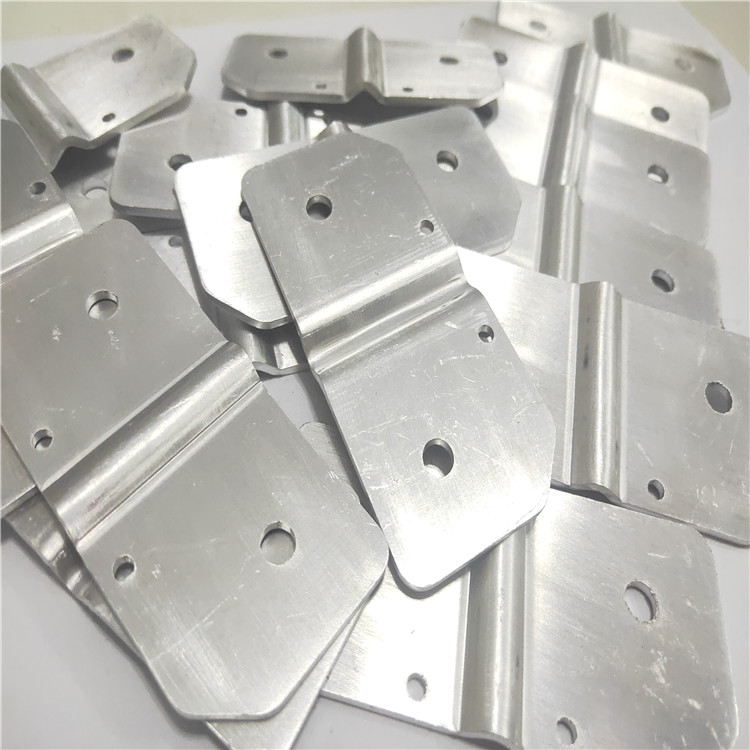In the process of stamping, various defects such as pits, bags, cracks, scratches, folds, indentations, etc. will form on the surface of the Metal Stamping parts due to various reasons. So it is necessary to use relevant methods to check. However, the detection method of the appearance defects of the stamping parts can only intuitively reflect the existence of the defects, not the seriousness of the defects themselves.
Now, General Motors‘ GSQE (Global Appearance Quality Assessment) system has been introduced into the appearance inspection of metal stamping parts, which divides the appearance of each part of the vehicle into four areas: A, B, C, and D. A is the fully visible area, B is the generally visible area, C is the generally invisible area, and D is the completely invisible area.  In addition, according to the degree of impact of the appearance defect on the vehicle and the difficulty of being discovered, it can be divided into one, two, and three grades from low to high. The first level is a very significant shortcoming, which can be found without the use of oiling and without relying on any light reflection; the second level is a shortcoming that needs to be identified by the principle of light reflection. The investigation method is as follows. Standing 23m away from the survey point, identify from two or more different directions perpendicular to the survey point 3045. The third level is a relatively subtle shortcoming level, which may not be visible when using strong light, it is necessary to investigate carefully and carefully, and can be viewed at close range from one direction or one angle.
In addition, according to the degree of impact of the appearance defect on the vehicle and the difficulty of being discovered, it can be divided into one, two, and three grades from low to high. The first level is a very significant shortcoming, which can be found without the use of oiling and without relying on any light reflection; the second level is a shortcoming that needs to be identified by the principle of light reflection. The investigation method is as follows. Standing 23m away from the survey point, identify from two or more different directions perpendicular to the survey point 3045. The third level is a relatively subtle shortcoming level, which may not be visible when using strong light, it is necessary to investigate carefully and carefully, and can be viewed at close range from one direction or one angle.
According to the location and difficulty of the defects, the surface defects of metal stamping parts have different deduction values. The inspector can determine the severity of the defects based on the deduction value and formulate corresponding preventive measures, which can effectively control the appearance quality of the stamping parts.
This article is from EMAR Mold Co., Ltd. For more EMAR related information, please click: www.sjt-ic.com,


 Spanish
Spanish Arabic
Arabic Spanish Basque
Spanish Basque Portuguese
Portuguese Belarusian
Belarusian Japanese
Japanese Russian
Russian Icelandic
Icelandic Bulgarian
Bulgarian Azerbaijani
Azerbaijani Estonian
Estonian Irish
Irish Polish
Polish Persian
Persian Boolean
Boolean Danish
Danish German
German French
French Filipino
Filipino Finnish
Finnish Korean
Korean Dutch
Dutch Galician
Galician Catalan
Catalan Czech
Czech Croatian
Croatian Latin
Latin Latvian
Latvian Romanian
Romanian Maltese
Maltese Malay
Malay Macedonian
Macedonian Norwegian
Norwegian Swedish
Swedish Serbian
Serbian Slovak
Slovak Slovenian
Slovenian Swahili
Swahili Thai
Thai Turkish
Turkish Welsh
Welsh Urdu
Urdu Ukrainian
Ukrainian Greek
Greek Hungarian
Hungarian Italian
Italian Yiddish
Yiddish Indonesian
Indonesian Vietnamese
Vietnamese 简体中文
简体中文 Haitian Creole
Haitian Creole









